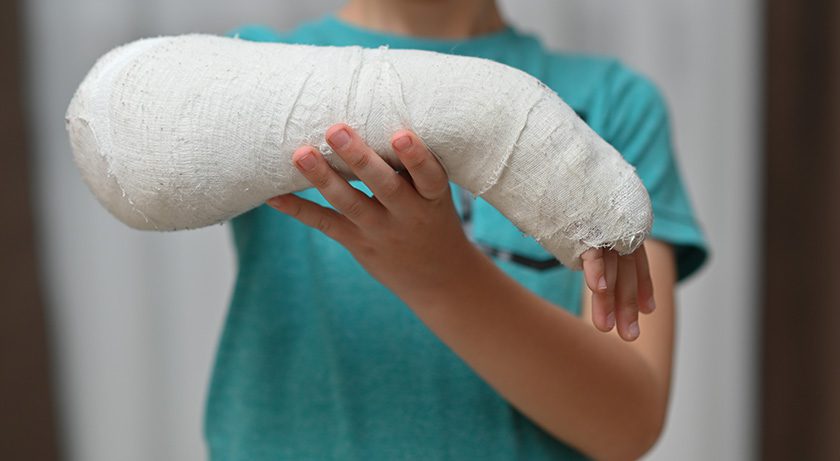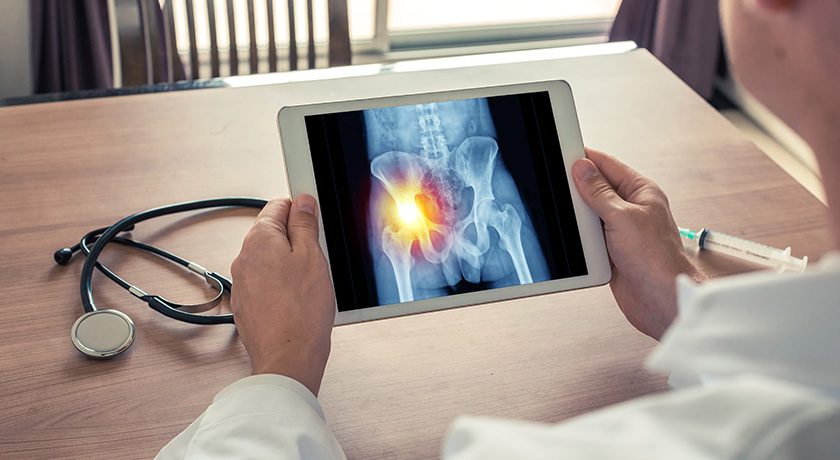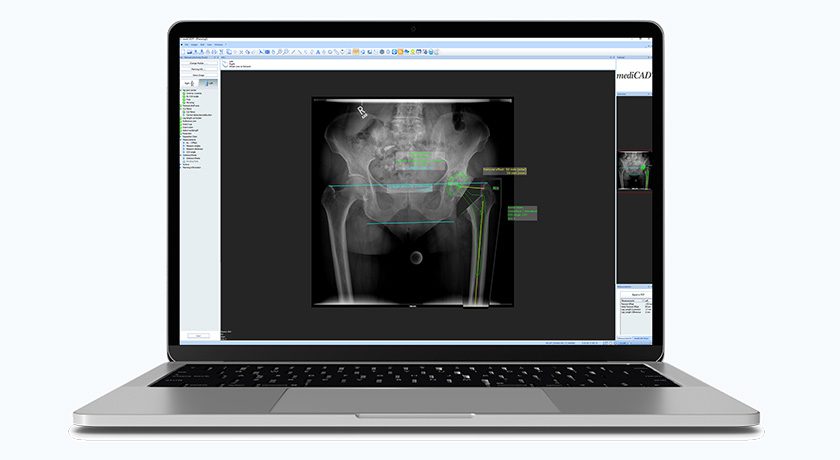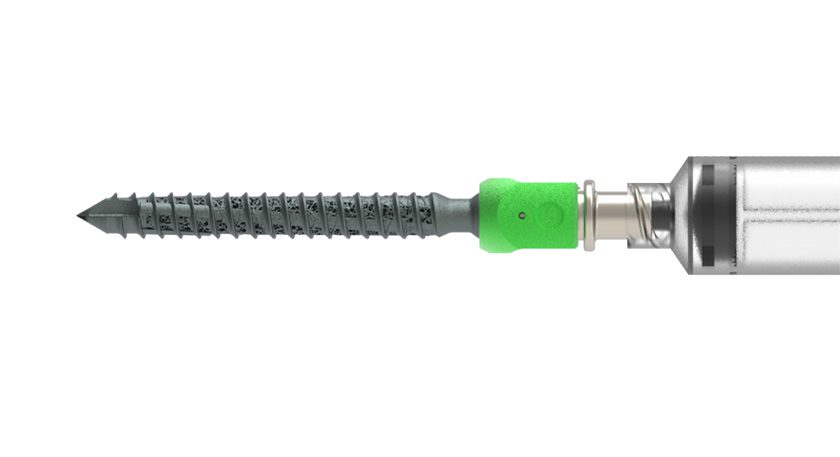
 Copy to clipboard
Copy to clipboard 
Results from a five-year Investigational Device Exemption study of 261 patients indicate that Aesculap Implant Systems’ activL® lumbar disc more effectively preserved range of motion vs. the ProDisc-L and Charité, first-generation lumbar total disc replacement devices.
Secondary outcomes suggest that activeL was effective in reducing back pain, improving back function and increasing health-related quality of life. Further, at five years, 95% of activL subjects were re-operation free vs. fusion.
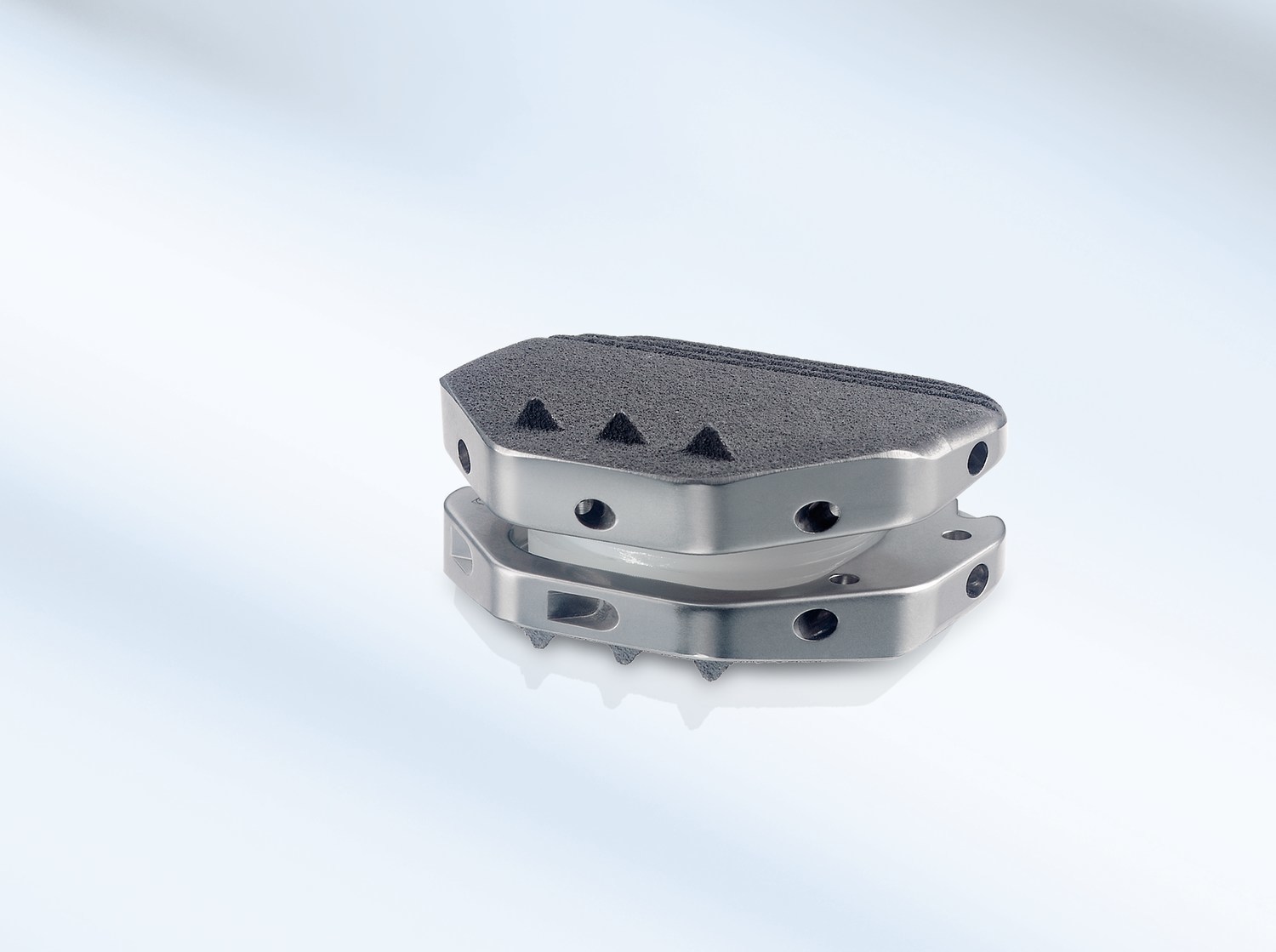
Source: Aesculap Implant Systems, LLC
Results from a five-year Investigational Device Exemption study of 261 patients indicate that Aesculap Implant Systems' activL® lumbar disc more effectively preserved range of motion vs. the ProDisc-L and Charité, first-generation lumbar total disc replacement devices.
Secondary outcomes suggest that activeL was effective in reducing back...
Results from a five-year Investigational Device Exemption study of 261 patients indicate that Aesculap Implant Systems’ activL® lumbar disc more effectively preserved range of motion vs. the ProDisc-L and Charité, first-generation lumbar total disc replacement devices.
Secondary outcomes suggest that activeL was effective in reducing back pain, improving back function and increasing health-related quality of life. Further, at five years, 95% of activL subjects were re-operation free vs. fusion.

Source: Aesculap Implant Systems, LLC

You’ve reached your limit.
We’re glad you’re finding value in our content — and we’d love for you to keep going.
Subscribe now for unlimited access to orthopedic business intelligence.
JV
Julie Vetalice is ORTHOWORLD's Editorial Assistant. She has covered the orthopedic industry for over 20 years, having joined the company in 1999.


